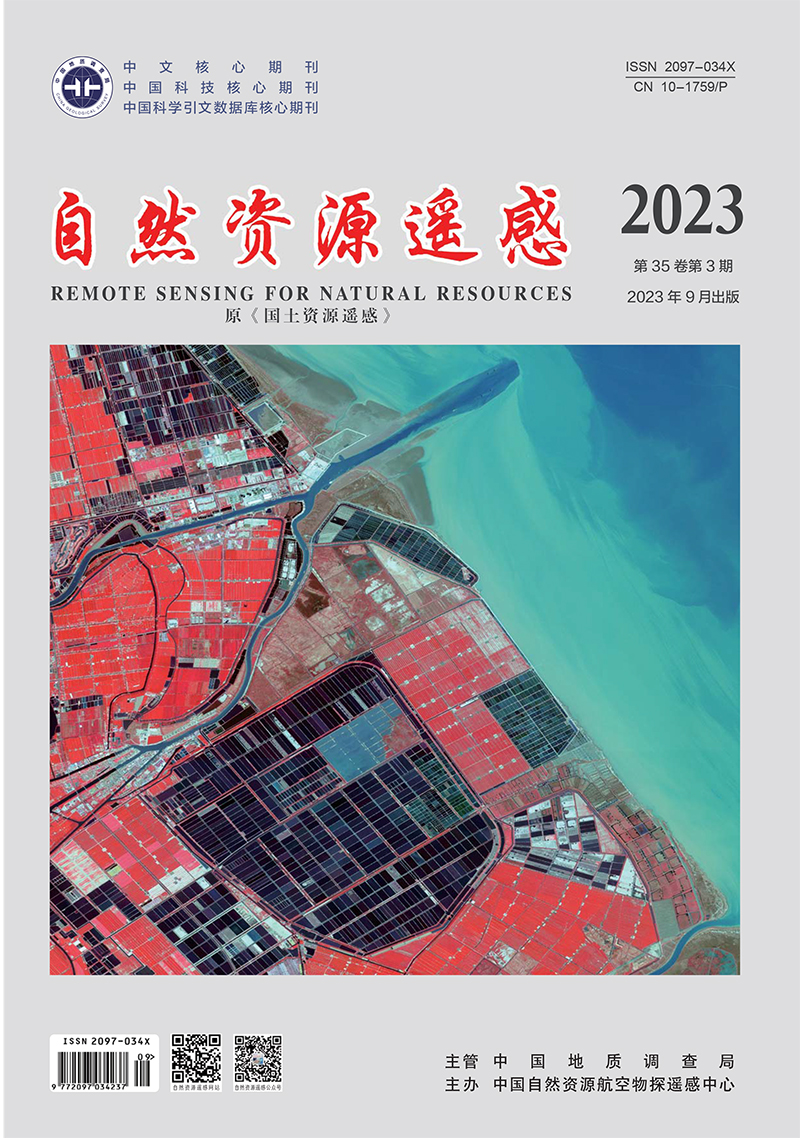XU Xinyu, LI Xiaojun, ZHAO Heting, GAI Junfei. 2023. Pansharpening algorithm of remote sensing images based on NSCT and PCNN. Remote Sensing for Natural Resources, 35(3): 64-70. doi: 10.6046/zrzyyg.2022159
| Citation: |
XU Xinyu, LI Xiaojun, ZHAO Heting, GAI Junfei. 2023. Pansharpening algorithm of remote sensing images based on NSCT and PCNN. Remote Sensing for Natural Resources, 35(3): 64-70. doi: 10.6046/zrzyyg.2022159
|
Pansharpening algorithm of remote sensing images based on NSCT and PCNN
-
1. Faculty of Geomatics, Lanzhou Jiaotong University, Lanzhou 730070, China
-
;2. National-Local Joint Engineering Research Center of Technologies and Applications for National Geographic State Monitoring, Lanzhou 730070, China
-
;3. Gansu Provincial Engineering Laboratory for National Geographic State Monitoring, Lanzhou 730070, China
More Information
-
Corresponding author:
LI Xiaojun
-
Abstract
Conventional pansharpening fusion methods suffer inaccurate extraction of details and low spectrum fusion accuracy. This study proposed a pansharpening algorithm of remote sensing images based on nonsubsampled Contourlet transform (NSCT) and pulse coupled neural networks (PCNN) by combining the multi-scale and -directional decomposition characteristics of NSCT and the pulse synchronous emission characteristics of PCNN. The process of this pansharpening algorithm is as follows: first, the details of panchromatic images were extracted through NSCT; then, the extracted detail features were injected into the irregular segmentation regions obtained using the PCNN model; finally, the sharpening fusion results of high-resolution multispectral remote-sensing images were obtained through statistical weighting. As corroborated by the experimental results of WorldView-2 and GF-2 data sets, the pansharpening algorithm outperforms other remote sensing image fusion algorithms in detail preservation and spectral consistency, verifying its effectiveness.
-

-
-
Access History







 DownLoad:
DownLoad: